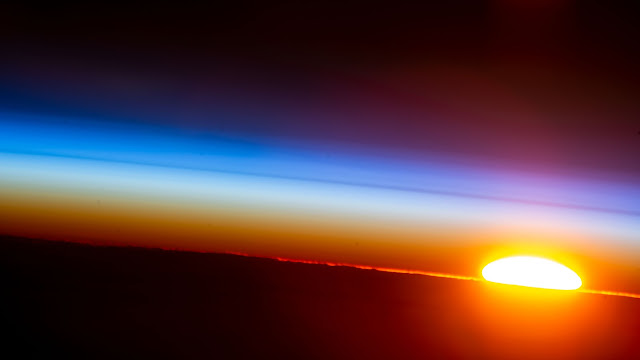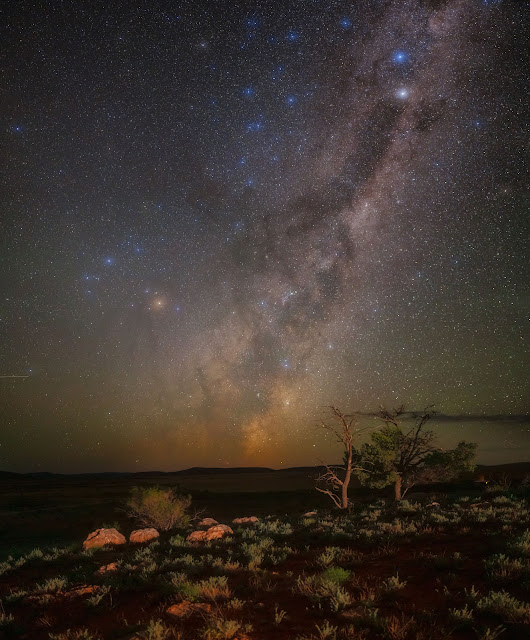Canada's Robots: Canadarm2 & Dextre | International Space Station
Canadarm2 and Dextre are part of Canada's contribution to the International Space Station (ISS). Canadarm2 was extensively involved in the assembly of the orbiting laboratory.
Dextre tackles the tough or routine jobs that need to be done in the harsh environment of space. The Station's robotic assistant allows astronauts to spend more time doing scientific experiments instead of performing risky spacewalks.
Dextre's body was designed to move in many different ways. Each of its arms has seven joints that can move up and down, go from side to side, and rotate. This large range of motion means Dextre can actually carry out more complex movements than a human arm. Each hand has a retractable motorized wrench, a camera and lights for close-up viewing, and a retractable connector to provide power, data and video connection. The robot can carefully grip delicate equipment without causing damage. For example, it can successfully manipulate small safety caps, cables and wires with minute precision—all while being controlled from Earth, hundreds of kilometers away. Dextre can can ride on the end of Canadarm2 to move from each worksite or be ferried on the Mobile Base System to work almost anywhere on the ISS.
An international partnership of space agencies provides and operates the elements of the ISS. The principals are the space agencies of the United States, Russia, Europe, Japan, and Canada. The ISS has been the most politically complex space exploration program ever undertaken.
Learn more about the important research being operated on Station:
https://www.nasa.gov/iss-science
For more information about STEM on Station:
https://www.nasa.gov/stemonstation
ISS Image Credit: NASA/Johnson Space Center (JSC)
ISS Image Date: February 5, 2022
Text Description & Infographic Credits: Canadian Space Agency (CSA)
#NASA #Space #ISS #Science #Technology #Canada #CSA #Canadarm2 #Dextre #Robotics #Robots #Expedition66 #Earth #Africa #AtlanticOcean #Human #Spaceflight #International #Spacecraft #JSC #Houston #Texas #UnitedStates #Infographic #STEM #Education





JasonMajor.jpg)






